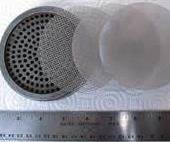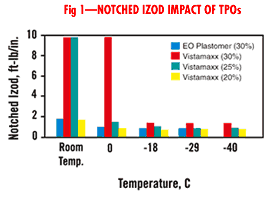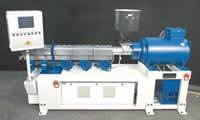Film Extrusion
Get the Roll Surface Right
Roll finishes often cost more than the roll itself. The right finish improves film or sheet quality and raises output. Yet most processors don't know how to measure surface roughness or to specify it properly.
Read MoreGet Smart About Screens
Almost all extrusion processes pass melt through wire-mesh screens on the way to the die to provide filtering and improved mixing.
Read MoreWinders: They're Pushing New Limits In Speed and Tension Control
New-generation winders for blown and cast film are winding bigger, better rolls at higher speeds and lower tension. They've gotten so fast that cast film lines can now realize their full productive potential.
Read MoreNew Polypropylene Families for Packaging, Blends & Composites
Two new lines of polypropylene resins from Basell North America challenge PS, PET, PVC, and other PPs for clear, rigid packaging.
Read MoreBreaking Into Medical Films
Producers of barrier food wraps are invading the exclusive club of medical film makers. The new guys are shaking things up by introducing more complex films to cut the cost of medical packaging.
Read MoreNew Metallocene TP Elastomers Tackle Films, Fibers, TPOs
The Vistamaxx family of propylene-ethylene specialty elastomers recently unveiled by ExxonMobil Chemical (see Your Business In Brief, August 2003) holds promise in a broad range of applications from very soft fabrics and films to very hard TPOs.
Read MoreNPE News Wrap-Up: Extrusion
Gearless extrusion, cryogenic profile calibration, wireless data communications, and automatic start-up of blown film lines are just a few of the new ways to raise efficiency and output that were highlighted at NPE.
Read MoreHow to Fix Vent-Flow Problems
Putting one or two vents between the feed throat and die is a good way to remove moisture, trapped air, and other volatiles from melted plastic as it moves through an extruder.
Read MoreNew Specialty Polymers Improve Fuel-Cell Economics
Recently formed alliances of fuel-cell start-up companies and engineering-polymer suppliers are already bearing fruit. Their research is coming up with new ion-conducting plastic films for use in Proton Exchange Membrane (PEM) fuel cells. These novel membranes are said to generate electric current more easily, operate across a broader temperature range, and cost less than the incumbent materials, which are mainly sulfonated fluoropolymers.
Read More








